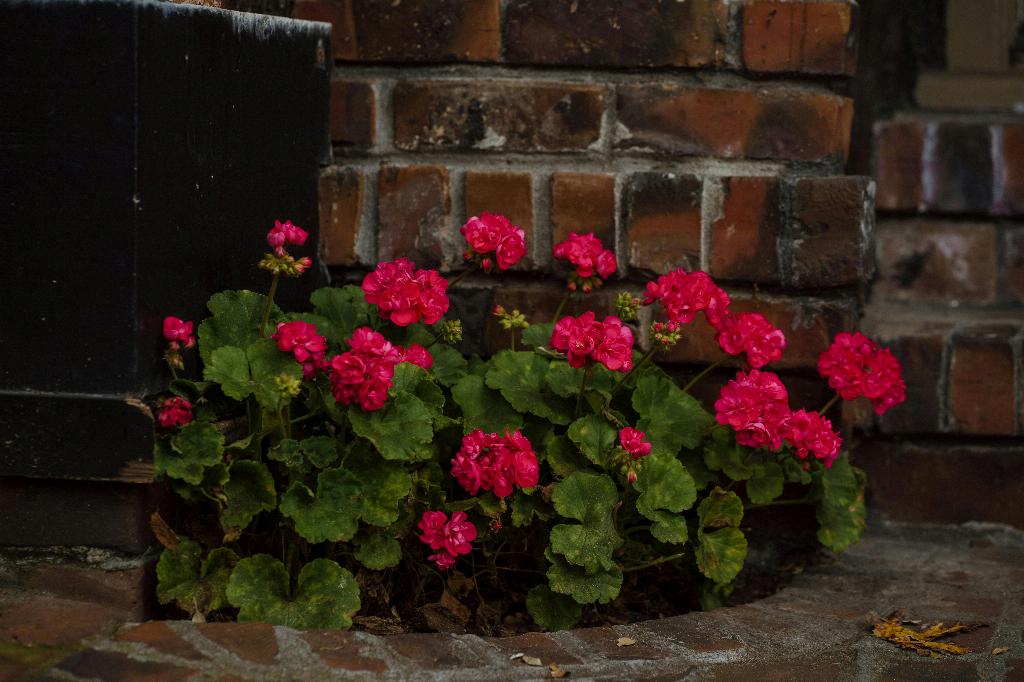Deadheading geraniums is an essential task that helps keep your plants healthy and encourages new blooms. Knowing when to deadhead your geraniums is crucial to ensure they continue to thrive and produce beautiful flowers throughout the growing season.
Recognizing the Right Time to Deadhead
One key sign that it’s time to deadhead your geraniums is when the blooms start to fade, turn brown, or look weak. Deadheading is a simple and effective way to promote continuous blooming and maintain the overall appearance of your plants.
The Deadheading Process
When deadheading geraniums, it’s important to do more than just pluck off the top flowers. To properly deadhead your geraniums, you should go a bit deeper into the plant and snap the stem just below the node or joint, where new growth begins. This method encourages healthier regrowth and more abundant flowering.
Benefits of Deadheading Geraniums
Regular deadheading not only helps your geraniums look tidier and more attractive, but it also redirects the plant’s energy into producing new blooms rather than forming seeds. This can result in a longer blooming period and a more prolific display of flowers.
Frequency of Deadheading
The frequency at which you should deadhead your geraniums depends on how quickly the blooms start to fade. In general, it’s a good idea to check your plants regularly and deadhead as needed to maintain their appearance and encourage continuous flowering.
Tools for Deadheading
Deadheading geraniums doesn’t require any special tools—your fingers will do just fine. However, if you prefer, you can use small pruning shears to snip off the faded blooms. Just be sure to clean your tools between plants to prevent the spread of diseases.
Pruning and Deadheading Techniques
When pruning and deadheading your geraniums, it’s essential to make clean cuts to avoid damaging the plant. Snapping the stem below the node encourages new growth without leaving unsightly stubs behind. Make sure to remove any spent blooms and yellowing leaves to keep your plant healthy.
Best Time of Day to Deadhead
It’s generally best to deadhead your geraniums in the morning when the plants are well-hydrated and the weather is cooler. Avoid deadheading in the heat of the day or during the hottest part of summer to prevent wilting and stress on the plant.
Considerations for Potted Geraniums
If you have geraniums in pots, deadheading is equally important to maintain their appearance and encourage new growth. Be sure to monitor your potted geraniums closely and deadhead as needed to prevent seed formation and promote continuous blooming.
Monitoring Plant Health
Regular deadheading also provides an opportunity to inspect your geraniums for any signs of pests or disease. By staying vigilant and addressing issues promptly, you can help keep your plants healthy and thriving.
Personalizing Your Deadheading Routine
Every gardener may develop their unique approach to deadheading geraniums based on their preferences and observations. Experiment with different deadheading techniques and schedules to find what works best for you and your plants.
Conclusion
Knowing when to deadhead your geraniums is essential for maintaining their health and appearance. By recognizing the signs, following proper deadheading techniques, and staying consistent with your maintenance routine, you can enjoy vibrant, blooming geraniums throughout the season.

